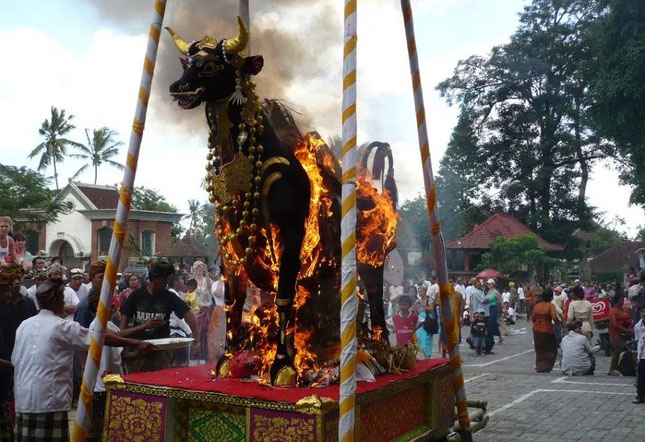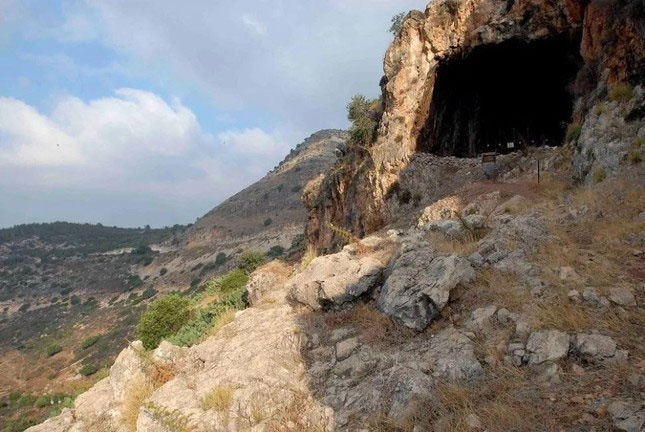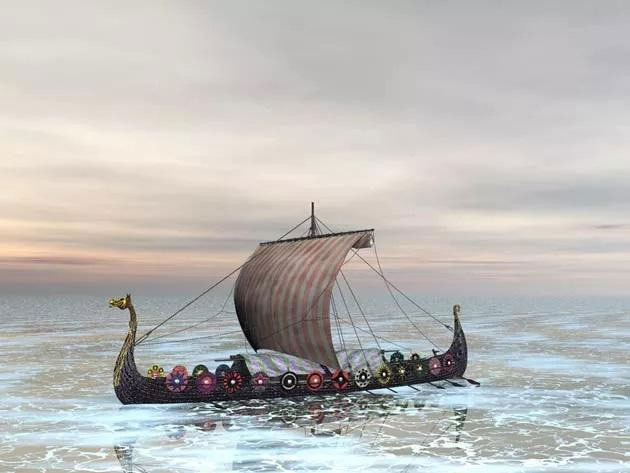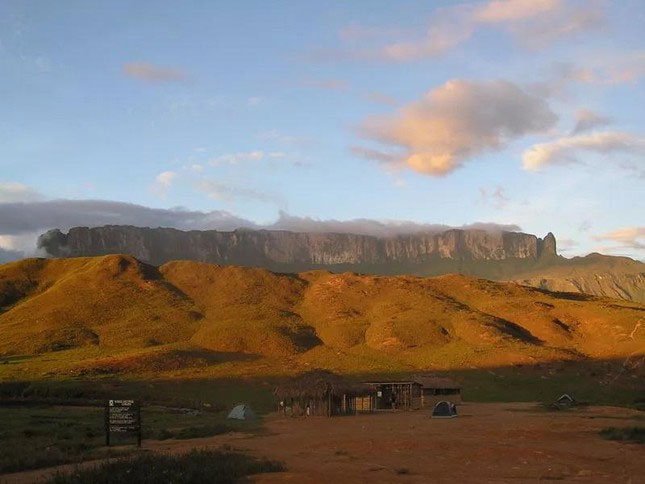Birth, aging, sickness, and death are a cycle of life for every human being. However, when they pass away, there are many methods that ancient cultures applied to honor the deceased.
Burial Rituals for the Deceased
Mummification

Ancient Egyptian mummification for the elite.
The mummies of ancient Egypt are perhaps the most famous corpses in the world. This method was reserved for the elite. The mummification process involved removing all organs, including the brain. The deceased’s body was then stuffed with dry materials such as sawdust and wrapped in linen. The Egyptians believed that mummification preserved the soul of the deceased for its journey to the afterlife.
Cryonics
Cryonics is a method aimed at freezing the body in hopes that scientific advancements will allow for future revival. Immediately after death, the deceased are stored in liquid nitrogen to prevent decay until a time when resurrection may be possible.
Cremation Rituals of the Balinese

Cremation ceremony of Hindus in Bali.
In contrast to the somber funerals in the West, the cremation ceremonies of Hindus in Bali resemble a festive parade. The deceased are paraded through the streets and then taken to a designated area for the cremation ritual.
Body Part Preservation

Neanderthals often buried their dead in caves.
This is a peculiar method of preserving the deceased’s body. Ancient peoples preserved corpses by replacing the water and fat in the body with durable plastics. This strange method involved dissecting the body into pieces and embalming them with a freezing liquid.
Before starting to bury the dead underground about 100,000 years ago, Neanderthals often left their dead deep inside caves in Europe and the Middle East. For Neanderthals, the dark, mysterious recesses of caves seemed to be a suitable place for transitioning to the afterlife.
Sky Burial
In Tibet, the deceased are taken to the top of a mountain and left for vultures to consume. The body parts are separated and even mixed with flour and milk to create a more palatable dish, with the hope that the deceased’s departure from Earth will be a good one.
Water Burial

Vikings were placed on ships filled with essential belongings, even servants.
Medieval Vikings lived and died by the sea. After death, wealthier Vikings were placed in ships filled with provisions, jewelry, weapons, food, and sometimes even servants or animals, to ensure a prosperous afterlife.
Tree Burial
Indigenous tribes in various parts of the world have discovered that the best way to dispose of a corpse is to elevate it rather than burying it underground. Groups in Australia, British Columbia, the southwestern United States, and Siberia are known to have tree burial practices, which involve wrapping the body in a shroud and placing it in a tree for natural decomposition.
Tower of Silence

“Tower of Silence” typically located on plateaus.
Muslims believe that the body is impure and should not pollute the Earth after death by burial or cremation. Instead, the deceased are taken to a “Tower of Silence,” which is usually located on a plateau. Once the bones have been sun-dried and bleached, they are collected and dissolved in quicklime.
















































